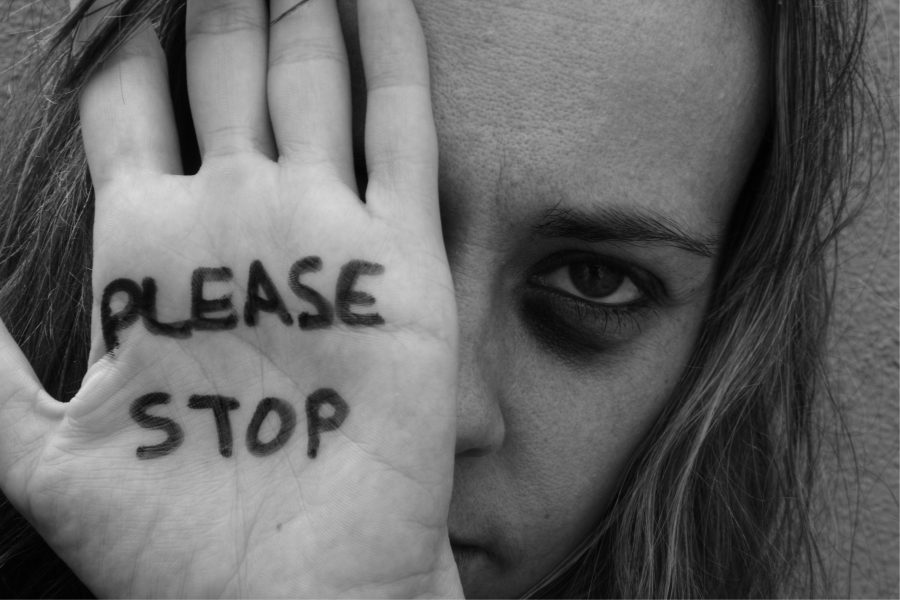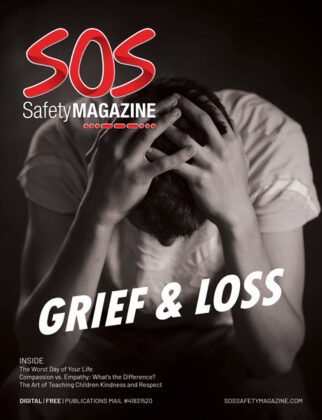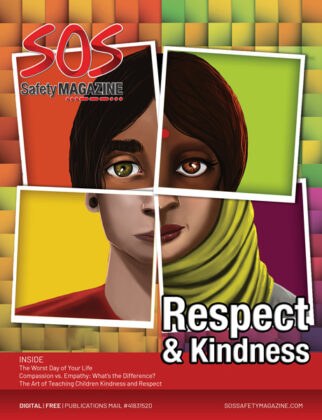ABUSIVE RELATIONSHIPS. CHILD ABUSE PREVENTION, ARTICLES, HEALTHY RELATIONSHIPS ADVICE. BEST DATING TIPS, VIOLENCE
Domestic Violence During a Global Pandemic

Domestic Violence is a serious issue, with many long-term effects for every person in a family. During the Covid-19 pandemic, everything stopped and the risk of a violent incident increased. Here’s how it has affected families, how to recognize abuse, and what you can do about it.
The Statistics Before the Pandemic:
- Every six days a woman is killed by a former or current intimate partner in Canada
- Alberta has the 3rd largest levels of domestic violence in Canada
- Intimate partner violence accounts for 1 in every 4 violent crimes reported to police
What Changed:
- Due to isolation rules and many people being home from work, there is an increased chance of a violent incident
- Covid-19 protocols are highly triggering or reminiscent of controlling/abusive situations
- Survivors of gender-based violence (GBV) are prevented by abusers from seeking support from professional services.
- Seeking support is inhibited further by lack of technology or Wi-Fi access, lack of privacy, and discomfort in receiving face-to-face video contact in their home
- There has been an increase in the volume and severity of GBV, but the calls and reporting have decreased
The Stats That Changed:
- 46% of support workers noticed a change in violent incidents, and 82% of those staff who work with gender-based violence (GBV) saw the change as an increase in prevalence and severity
- 54% of Victim Service agencies saw an increase in the number of domestic violence victims they helped
- Within domestic violence statements, cases of strangulation and serious physical assaults have increased
Signs You Are in an Abusive Relationship:
Beyond physical and sexual violence, there are other ways a partner can be abusive. Abuse is all about power and control. An abusive partner will find various ways to control you.
- Constant texting or calling when you are not together
- Withholding money, and/or not allowing you to make your own choices with your money
- Humiliating or shaming you, especially in front of others
- Isolating you from friends and family
- Blaming you and making everything your fault
- Threatening to commit suicide if you leave
What You Can Do For Yourself:
- Recognize that it is not your fault. Repeat this line “Abuse is not my fault, Abuse is not my fault, Abuse is not my fault”
- Know that there are organizations still operating to ensure you are not alone, and you can receive support at any time you feel ready to call. Find support close to you, and in an emergency, please call 911
- Create a personalized safety plan. This can be done on your own, by calling a women’s shelter crisis line or going online. There are support workers ready to help you make a safety plan any time during the day (Some safety plan tips can be found at the end of this article)
Signs That a Friend is in an Abusive Relationship:
- Your friend’s partner constantly calls and texts when you are together
- Your friend starts abruptly cancelling plans
- You feel uncomfortable with their partner
- You notice frequent cuts and bruises on your friend, or their clothing style changes unexpectedly
- Your friend is noticeably unhappy and puts their partners’ needs before their own
- Your friend is distancing themselves from all of their friends; Try to stay in touch
What You Can Do For a Friend:
- Ask if your friend is okay or if they are safe
- If they disclose any abuse to you, withhold blame, judgment, and advice. Just listen in a supportive way and let them know you believe them
- Keep your own record of abusive behaviour or evidence of abuse you notice along with the date you notice it
- Let them know they are not alone and that they have choices. Many support agencies and organizations are still available to help; even if everything seems closed, phone support is readily available. Be careful not to tell them what they should do, and instead encourage them to make their own choice
- It can take time and many attempts before your friend leaves for good – be patient. This is a big step for them
How to Speak With Kids About DV in the Time of Covid-19:
- Be open and honest; kids know what’s going on
- No matter what the abuser has done, don’t talk negatively about them in front of the kids
- Get input from the child for the safety plan
- Ask about how they’re feeling, and try to really listen and understand them
- Allow them to share whatever types of feelings they have towards the abusive parent
- Let them know you believe them if they share something
- Let them know the abuse is not their fault or your own
- Let them know you love them and want to keep them safe
- Let them know the violence is not okay, but focus on the behaviors rather than on the character of the abusive person
- Acknowledge that it might be hard or scary for them and that it’s okay to feel angry, sad, scared, etc.
- Accept that they may not be willing or able to talk about it right away
- Help them learn healthy ways of dealing with anger, fear, and other emotions
- Help them get involved in things that boost their self-esteem and make them feel good about themselves
- Always act in a way that is non-threatening and non-violent with your kids
- Consider taking them to counseling or therapy if possible
- Maintain as much structure and routine with them as you can
- Create a safety plan with them and explain actions taken in direct relation to unsafe and unhealthy behaviors
Safety Plan Tips for You:
- Know your partner’s behaviours, patterns, and triggers that can lead to an incident, and what you can do to calm them down during that moment
- Have a safe room in the house, preferably one without potential weapons (such as the kitchen) and one with a window you can escape through
- Have a safe person, friend, or family member that you can stay with or call when you need to leave quickly
- Have a bag with clothes, a toothbrush, cash, and photocopies of important documents such as any form of ID, health care cards, passports, prescriptions, bank/credit cards or papers, mortgage/rental papers, etc. You can keep this bag in your car or at your friend’s home
- Set up private accounts that your partner cannot access. This includes bank accounts, email, and social media accounts, and any additional accounts your partner can access
- Document incidents, including the date and what happened
Safety Plan Tips for Kids:
- Have a safe room in the house for your child(ren) to go when an incident is happening
- Create a code word for them to use when they feel unsafe, or for you to let them know they need to get help or hide
- Help your child(ren) know their full name, address, and phone number
- Teach your child(ren) to call 911. You can pretend to be the operator and they can practice calling you
- Ensure they know to never get involved in an adult fight and that it is never their fault or responsibility
Article contributed by the Camrose Women’s Shelter

Reach their crisis line at 780-672-1035 or 1-800-672-1010. Visit their website here.







